Discover lesser-known information about the beloved black-and-white creatures.
The current date marks the celebration of International Panda Day, an occasion to draw attention to the plight of the panda bear, which is a worldwide symbol of endangered species.
Although we have previously included the panda in our list of the most pitiful creatures in the world, we must acknowledge the undeniable charm of these black-and-white bears.
Is the coloration black over white or maybe white over black?
However, to make up for our previous negative comments about pandas, we have compiled a list of seven peculiar and amusing facts about them that you may not have been aware of before.
7.Did You Know Pandas Have Six Fingers?
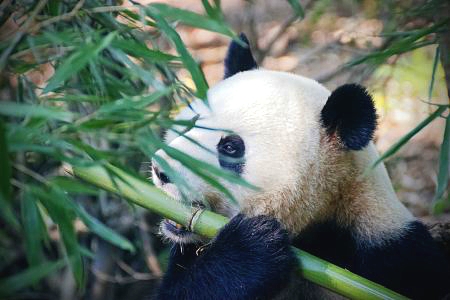
While most mammals, birds, reptiles, and amphibians have five digits, a few have opposable thumbs, but that remains a rarity in the animal kingdom at large.
To hold onto bamboo better, pandas sought a similar adaptation, but without opposable thumbs, they had to get creative.
They developed an additional finger, or rather, a “pseudo-thumb” that is created from an elongated wrist bone.
Although they cannot bend or grasp with it, the “pseudo-thumb” is still useful for holding a bamboo stalk.
6.Camouflage: How Pandas’ Black and White Coloration Helps Them Blend In
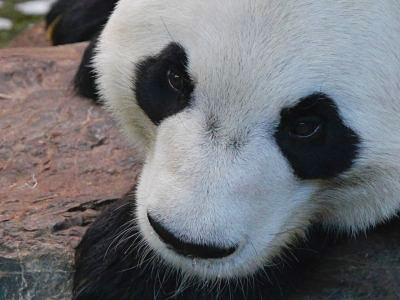
Although pandas are best known for their exceptional fur color, what many people do not realize is how well their distinct hues serve as an excellent form of camouflage.
It may seem unlikely, given that pandas often appear conspicuous in their green zoo habitats, but in their natural surroundings, they typically reside in elevated, snow-covered forests.
The white areas of a panda’s fur effectively blend into the snowy terrain, while the black patches blend into the shadows cast by the nearby trees, resulting in a creature that is nearly invisible in its natural surroundings.
For example, to test the effectiveness of panda camouflage, researchers took pictures of wild pandas and discovered that they had difficulty locating the pandas in the images.
5.On occasion, pandas consume meat
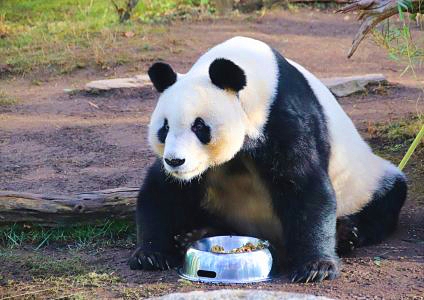
When you think about what pandas eat, bamboo is likely the first thing that comes to mind. And you wouldn’t be far off—pandas do consume bamboo as their main food source.
Apart from various kinds of bamboo, the remaining portion of a panda’s diet is made up of other foods, including meat.
Even though pandas are mostly herbivorous, they have the digestive system of a meat-eating bear, allowing them to consume meat.
On occasion, pandas have been known to consume meat. Although not typically carnivorous, if presented with the opportunity, they will devour eggs, small creatures, or carrion with enthusiasm.
4.Pandas’ Parenting Skills Leave Much to be Desired

Unfortunately, one of the less pleasant things about pandas is that they make terrible parents.
Due to a peculiar biological phenomenon, almost 50% of panda pregnancies end up in twin births. However, one of the two cubs will always meet a tragic end as the mother forsakes it.
Despite the vulnerability of panda cubs who rely solely on their mother’s milk for a year, the sad reality is that the mother panda can only nurse one cub, which leads to the other’s inevitable death.
Panda mothers opt to abandon one cub, rather than putting both cubs and themselves in danger, ensuring the survival of at least one.
It’s quite clear that someone has a favorite.
3.Panda Urination Involves Acrobatic Maneuvers
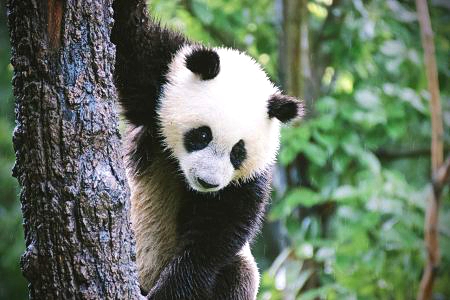
Have you ever witnessed a panda urinating? If so, you probably find it humorous.
But for those who haven’t witnessed it, pandas are known to stand on their hands while urinating.
The handstand isn’t just for show; pandas use their urine to communicate with other pandas and mark their territories.
The panda’s handstand technique for urination has a purpose beyond amusement. When they pee, they are marking their territory and communicating with other pandas, and by standing on their hands they are able to spray their urine high up on trees so that other pandas can easily smell it.
2.Pandas Defecate up to 100 Times a Day
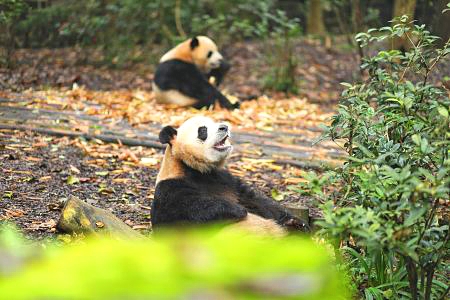
As previously mentioned, pandas have the digestive system of a carnivore, which makes it difficult for them to fully digest the tough fibers in bamboo.
Pandas have trouble digesting tough bamboo fibers due to their carnivorous digestive system. Consequently, they pass a lot of waste. In fact, a healthy panda can poop as much as 100 times daily, or about once every 15 minutes.
Approximately 65 pounds of feces are produced by pandas every day, which is equivalent to a quarter of the weight of an adult panda.
Due to their digestive system, pandas are not able to absorb a lot of nutrients from their food. This means they have to eat almost constantly to meet their energy needs. Typically, they spend around 12 hours of their day feeding and sleep for the rest of the time.
1.Pandas are Out of the Endangered Species List
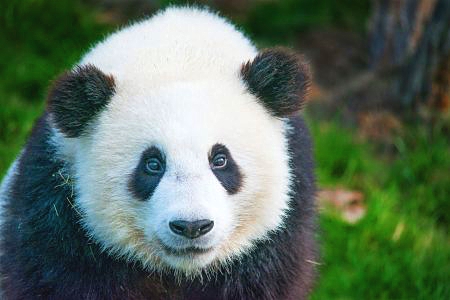
Despite being the poster child for endangered species, pandas are no longer facing the threat of extinction.
Although pandas still face dangers due to habitat loss, they are no longer considered endangered since 2017.
The wild panda population, after years of being on the verge of extinction, is now showing signs of growth. While the growth rate may be slow and tenuous, it’s still a positive development.


